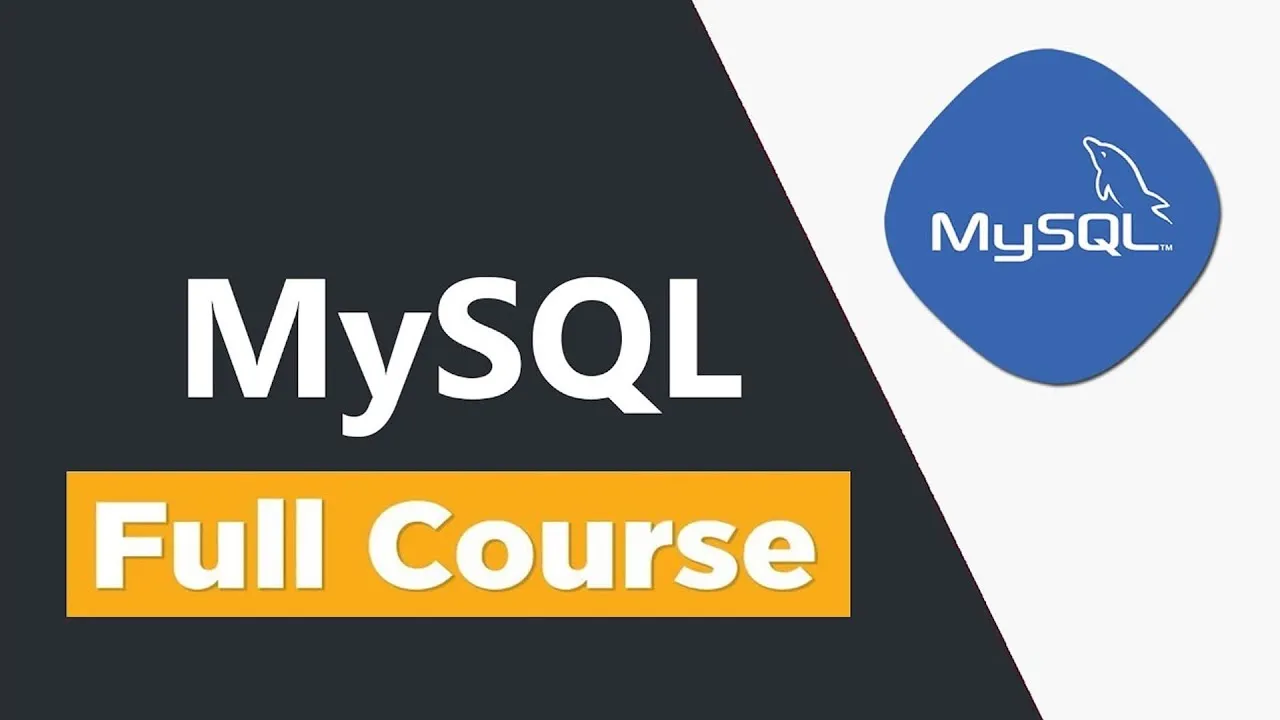Learn MySQL from scratch in this comprehensive course for beginners. Learn SQL database querying using MySQL workbench.
This course is designed to provide beginners with a solid foundation in MySQL, a widely used open-source relational database management system. Through a combination of theoretical concepts, practical examples, and hands-on exercises, participants will gain proficiency in writing queries, understanding essential SQL clauses, mastering join operations, and engaging in practical application exercises.
By the end of this course, participants will:
- Understand the fundamental concepts of databases and relational database management systems.
- Be proficient in writing basic to intermediate SQL queries to retrieve, manipulate, and manage data stored in a MySQL database.
- Acquire a comprehensive understanding of important SQL clauses, such as SELECT, INSERT, UPDATE, DELETE, and their variations.
- Master the art of joining tables to retrieve data from multiple sources and understand different types of joins.
- Gain hands-on experience by working on real-world scenarios and practical exercises to reinforce the concepts learned throughout the course.
What is MySQL?
- MySQL is a relational database management system (RDBMS) developed by Oracle that is based on structured query language (SQL).
- A database is a structured collection of data. It may be anything from a simple shopping list to a picture gallery or a place to hold the vast amounts of information in a corporate network. In particular, a relational database is a digital store collecting data and organizing it according to the relational model. In this model, tables consist of rows and columns, and relationships between data elements all follow a strict logical structure. An RDBMS is simply the set of software tools used to actually implement, manage, and query such a database.
MySQL is open-source
Any individual or enterprise may freely use, modify, publish, and expand on Oracle’s open-source MySQL code base. The software is released under the GNU General Public License (GPL).
For MySQL code needing to be integrated or included in a commercial application (or if open-source software is not a priority), enterprises can purchase a commercially licensed version from Oracle.
Again, these options provide organizations with additional flexibility if deciding to work with MySQL. The public and community-based nature of open-source releases enriches MySQL’s documentation and online support culture, while also ensuring that sustained or newly-developed capabilities never stray too far from current user needs.
MySQL is easy to use
Though MySQL’s relational nature and the ensuing rigid storage structures might seem restrictive, the tabular paradigm is perhaps the most intuitive, and ultimately allows for greater usability.
In fact, MySQL makes many concessions to supporting the widest possible variety of data structures, from the standard but rich logical, numeric, alphanumeric, date, and time types, to more advanced JSON or geospatial data. Beyond mere data types and an expansive built-in feature set, the MySQL ecosystem also includes a variety of tools, easing everything from server management to reporting and data analysis.
Regardless of the RDBMS’s overarching architecture, users can invariably find a MySQL feature allowing them to model and codify data how they wish. MySQL remains one of the most straightforward database technologies to learn and use.
What you'll learn:
- MySQL workbench & commands
- MySQL Queries
- MySQL Clauses
- MySQL Operators
#mysql #sql #database
